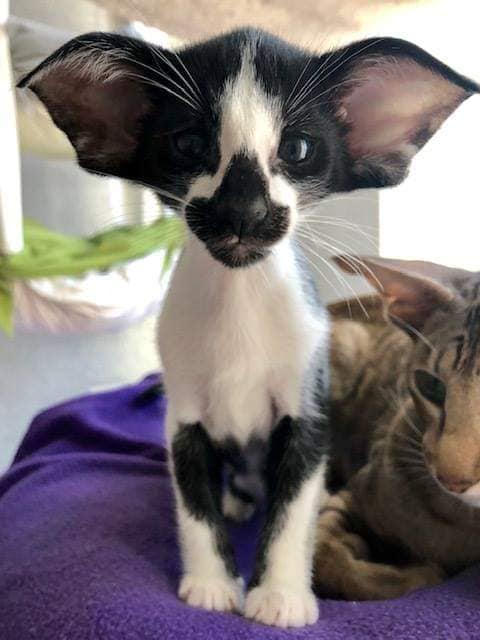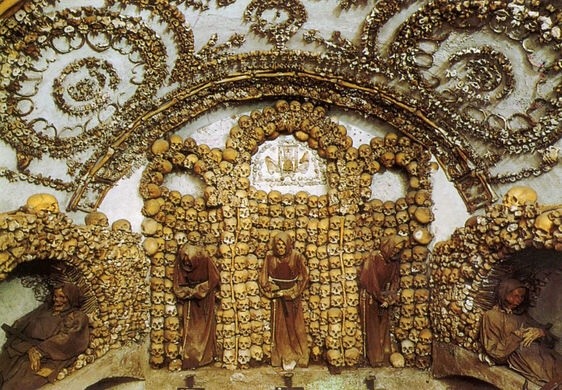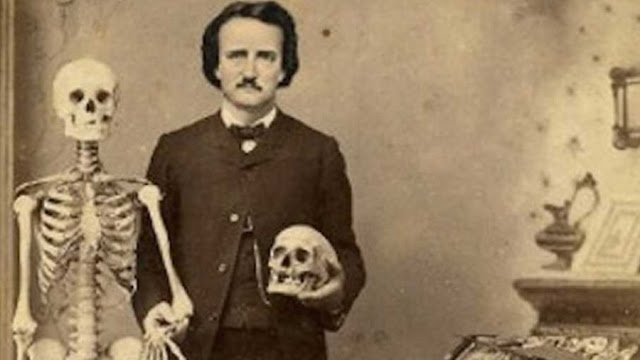The Mandragola (Mandragora), was considered in the Middle Ages a demonic and infernal plant ...
The Mandragola (Mandragora officinaru) is a perennial herbaceous plant, of the Solanaceae family (which also includes belladonna, giusquiamo, stramonio, morella, lycium). Contains toxic principles.
Tradition traces the birth of mandrake to the droplets of semen or urine from a hanged man. In the original story the innocence of the condemned to death (specified in various sources) disappears in the transformation of the myth into popular belief.
By analogy, it is therefore believed that it is very dangerous to pick it up, unless you protect your ears, so as not to hear the lamentable cries and tears of the mandrake that can make you become dumb, mad and, after a brief illness, lead to death. In this regard, among the places assigned to its growth are the cemeteries and areas adjacent to them.
This plant is linked to death and was extracted from the ground with all the precautions and through special rituals.
In Roman times it was believed that the mandrake was inhabited by a demon.
Pulled out of the ground, the demon would have awakened and its scream would have killed the careless collector. Although this cry, more than an evil spirit, is due to the iniquitous death of the hanged man.
Consequently it was suggested to draw three circles with a willow branch, or an iron sword around the plant, (in this specific case the circle preserves who is outside). Then the earth had to be moved around the root, softened with female urine and only then could a virgin pick it up, looking to the west and paying attention to the wind because her scent could silence or create such hallucinations that lead to madness.
Another fear linked to the harvest was that the mandrake could become an animated human being, for this it necessarily had to be eradicated before the seventh year a human embryo was formed and born from the plant. Subsequently the root had to be purified, nourished periodically, looked after and kept in a safe place, out of sight of the curious, since it was considered a creature in the middle of the vegetable and animal kingdom.
A purification practice was to wash it in red wine, wrap it in white and red silk and place it in a secluded place.
Periodically the operation was repeated at each new moon.
It could be fed with blood and sperm if you wanted to enhance its healing properties to sterility or accentuate its aphrodisiac effect, or if you wanted to double your riches you had to put a piece of gold in its place. At the death of the possessor, the root was inherited by the last child, who placed a piece of bread and a gold coin in the coffin.
If not specified it usually means the white mandrake, which is used mainly in black magic, while the black one seems to increase the desire for love and loyalty.
Due to the shape of the roots, large and often bifurcated and crossed (such as to resemble human thighs, or silhouettes of men without arms), our ancestors associated it with the homunculus dear to occultists. In this way the plant easily acquired the reputation of having magical and divinatory properties.
The homunculus was a creature, usually of human form, artificially manufactured with a magical process. In this respect the anthropomorphic aspect of the root was accentuated by reproducing, for example, hair and beard through grafts of grains of barley or millet, which then sprouted. These "hairs" were then chopped and taken mainly as aphrodisiacs or to cure sterility.
Sources:
Jorge Luis Borges, Margarita Guerrero, Manual of Fantastic Zoology (Einaudi, 1957)
Gianluca Toro, The Mandragora In Some Magic Beliefs
Gianluca Toro, La Mandragora
Giorgio Samorini, The God Of Inebriation (Antologia Dei Moderni Dionisiaci, Einaudi)
Antonio Vaccari, La Mandragora, Magic Grass (In Phytotherapy, Vol. 26, 1955)
Scott Cunningham, Encyclopedia of Magic Plants (Mursia, 1985)
Tradition traces the birth of mandrake to the droplets of semen or urine from a hanged man. In the original story the innocence of the condemned to death (specified in various sources) disappears in the transformation of the myth into popular belief.
By analogy, it is therefore believed that it is very dangerous to pick it up, unless you protect your ears, so as not to hear the lamentable cries and tears of the mandrake that can make you become dumb, mad and, after a brief illness, lead to death. In this regard, among the places assigned to its growth are the cemeteries and areas adjacent to them.
This plant is linked to death and was extracted from the ground with all the precautions and through special rituals.
In Roman times it was believed that the mandrake was inhabited by a demon.
Pulled out of the ground, the demon would have awakened and its scream would have killed the careless collector. Although this cry, more than an evil spirit, is due to the iniquitous death of the hanged man.
Consequently it was suggested to draw three circles with a willow branch, or an iron sword around the plant, (in this specific case the circle preserves who is outside). Then the earth had to be moved around the root, softened with female urine and only then could a virgin pick it up, looking to the west and paying attention to the wind because her scent could silence or create such hallucinations that lead to madness.
Another fear linked to the harvest was that the mandrake could become an animated human being, for this it necessarily had to be eradicated before the seventh year a human embryo was formed and born from the plant. Subsequently the root had to be purified, nourished periodically, looked after and kept in a safe place, out of sight of the curious, since it was considered a creature in the middle of the vegetable and animal kingdom.
A purification practice was to wash it in red wine, wrap it in white and red silk and place it in a secluded place.
Periodically the operation was repeated at each new moon.
It could be fed with blood and sperm if you wanted to enhance its healing properties to sterility or accentuate its aphrodisiac effect, or if you wanted to double your riches you had to put a piece of gold in its place. At the death of the possessor, the root was inherited by the last child, who placed a piece of bread and a gold coin in the coffin.
If not specified it usually means the white mandrake, which is used mainly in black magic, while the black one seems to increase the desire for love and loyalty.
Due to the shape of the roots, large and often bifurcated and crossed (such as to resemble human thighs, or silhouettes of men without arms), our ancestors associated it with the homunculus dear to occultists. In this way the plant easily acquired the reputation of having magical and divinatory properties.
The homunculus was a creature, usually of human form, artificially manufactured with a magical process. In this respect the anthropomorphic aspect of the root was accentuated by reproducing, for example, hair and beard through grafts of grains of barley or millet, which then sprouted. These "hairs" were then chopped and taken mainly as aphrodisiacs or to cure sterility.
Sources:
Jorge Luis Borges, Margarita Guerrero, Manual of Fantastic Zoology (Einaudi, 1957)
Gianluca Toro, The Mandragora In Some Magic Beliefs
Gianluca Toro, La Mandragora
Giorgio Samorini, The God Of Inebriation (Antologia Dei Moderni Dionisiaci, Einaudi)
Antonio Vaccari, La Mandragora, Magic Grass (In Phytotherapy, Vol. 26, 1955)
Scott Cunningham, Encyclopedia of Magic Plants (Mursia, 1985)











